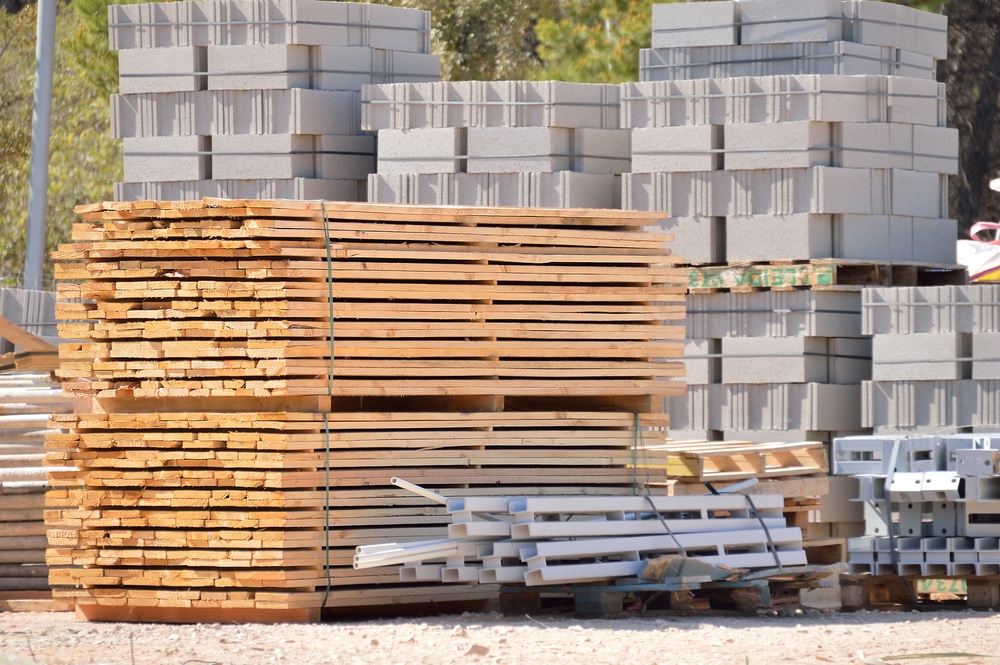Throughout the past year, material prices across the construction sector have soared, negatively impacting both contractors and their clients. These rising costs have resulted from a combination of continued supply chain shortages and surging demand amid the ongoing COVID-19 pandemic. According to recent research from Associated General Contractors of America, material expenses are currently sitting at a 35-year high, with prices for a variety of essential construction parts (e.g., steel mill products, steel pipes and tubes, structural metal, bar joists and rebar) having risen by more than 50% in the last 12 months alone. Compounding concerns, obtaining materials is taking significantly longer than usual as well, thus delaying construction projects and further exacerbating overall costs. The latest data from industry experts found that lead times for certain materials are already forcing some construction projects to extend into 2023. For example, current lead times for items such as roof insulation, steel bar joists and metal decking are between eight and 10 months.
In response to these challenges, some contractors have begun sourcing their materials from alternative suppliers or ordering excess amounts of materials and keeping them in storage to ensure availability for future projects. Nevertheless, these practices come with their own risks. In particular, the last few months have seen a tightening market for warehouse space, leaving contractors with fewer options for safely storing their materials. As a result, some contractors have resorted to building their own on-site structures to house extra materials—requiring additional time and money in itself.
Altogether, these material issues have not only compounded costs for contractors, they have also opened the door for potential insurance concerns. Namely, contractors may experience elevated coverage expenses and potential underinsurance complications amid various claims (e.g., material theft and fire- or storm-related damage).
While it’s not plausible for contractors to completely eliminate material challenges, there are steps they can take to minimize the impact of these issues on themselves and their clients:
- Contractors should plan on starting the preconstruction phase for their projects as early as 18 months ahead of groundbreaking. Doing so will allow extra time to secure materials, reducing the risk of potential delays once construction actually starts.
- Contractors should ensure open communication with their clients, providing honest estimates on project timelines and explaining why construction will take longer than usual.
- Contractors should consult trusted insurance professionals to discuss whether any coverage adjustments are necessary amid this evolving risk landscape, therefore ensuring proper protection in the event of unexpected losses.
For additional, industry-specific updates and risk management solutions, contact us via the form below. And be sure to follow us on LinkedIn and like us on Facebook for more.
Related Links:

